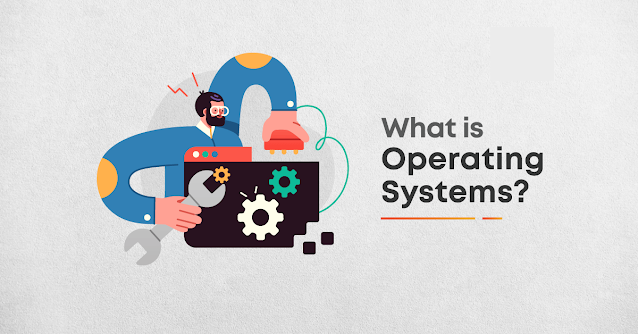Classification of Programming language: High level, Low Level Language
Classification of Programming language
The programming language signifies a set of instructions compiled together with one another to execute a specific task provided by the CPU (Central Processing Unit). A programming language primarily targets on high-level languages such as C, CPP, Pascal, COBOL, ADA, etc..
Every programming language is made up of exceptional set of key words and syntax used to create a set of instructions. Hundreds and thousands of programming languages have been developed so far, yet each language has its unique, specific purpose. These languages can change in the amount of abstraction offered by the hardware components. Many of the programming languages offer less or null abstraction, whereas others provide much higher abstraction.
Depending on the level of abstraction provided by the hardware parts, it can be classified into two classes for example:
- High-level language
- Low-level language
1. The high-level programming languages are easy and look as the English language. They're simple to comprehend; the statements are readable and pass specific instructions to the computer. The languages are always program-oriented. It's the language that's independent of the machine that it runs on. They have more readability than many others, and it's not difficult to debug, portability is increased, applications development is easy in these high-level programming languages.
2. Low-level Programming Language The normal languages and provides no abstraction in the hardware elements are categorized under low-level language. It is the language which directly corresponds to a particular machine it is running on. It is represented in zeros and ones who are used to symbolize the machine instructions.
The programming languages can be divided into the following two Kinds of languages, for example:
Machine level languages
Meeting level languages
Machine Level Languages
Machine-level languages direct the code along with the data that run directly on the computing apparatus. The registers are utilized to store values and intermediate results. Low-level machine instructions like addition, subtraction, division, and so on operate on memory or registers. Lack of memory management service will be provided.
It is completed in the hardware of the machine; therefore it's machine-independent. Machine code is usually composed in hexadecimal code. These are the languages which are interpreted directly in the hardware store.
Assembly Level Language
It is an encoding of the machine code into something readable format. It is mainly used to assign the human-readable names or tags to store the storage places, jump the aims, and subroutine the starting addresses. It's considered to be isomorphic to the machine language.
Note: Perl is regarded as a high-level language and a scripting language, although C is thought to be a high-level language and system language. A few of the languages are partly observable, but kind bits of code exist.
Technical aspects of these languages will consider the linguistic structures, possibility of efficient implementation, expressive features, support for programming versions , and other concerns.
System language: These are the languages made for non invasive jobs, such as memory management and procedure management.
They vary from application to application. They're more concerned about managing a computer system instead of solving general problems in health care, finance, gaming, etc..
Scripting language: it's the language which tends to be high tech and is considerably powerful compared to other languages. The scripting level languages are used for wiring the programs together and applying them in a high level.
These languages are usually costly as they do more work with minimal lines of code and therefore are usually dynamic as the compiler does less work. In contrast, the run time system operates everything and does the majority of the job.
Domain-specific language: It is the type of language that is used in particular contexts.
Visual languages: All these are the type of language that are not text-based applications.
Esoteric language : Languages which are fun and not intended for actual use. An esoteric level language is intended and isn't taken quite seriously as we does the other languages. It can be a joke, minimalistic and non-deterministic.


Comments
Post a Comment